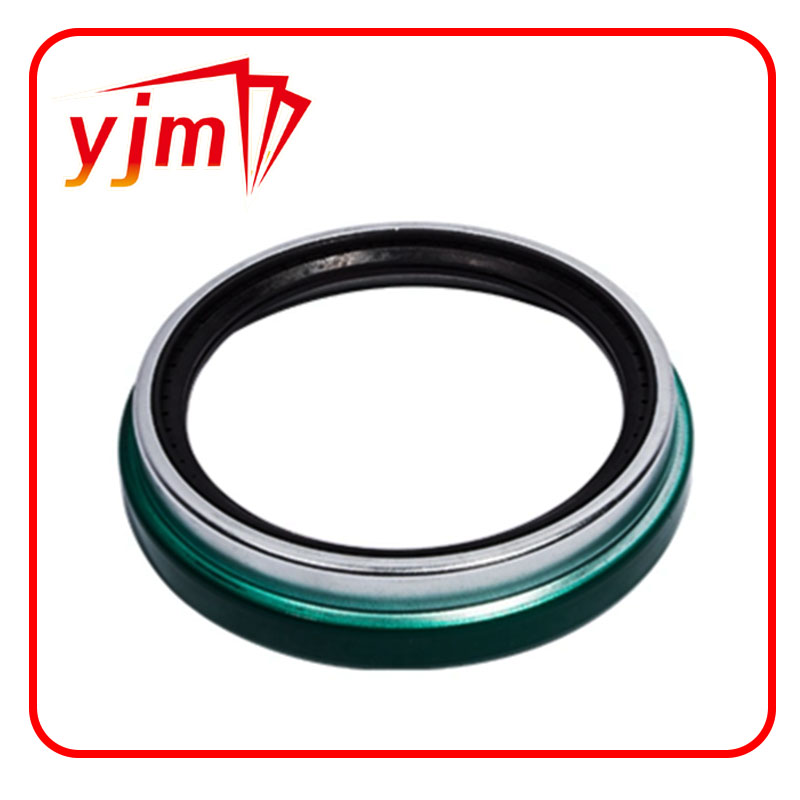radial seal ring
Understanding Radial Seal Rings A Comprehensive Overview
Radial seal rings play a crucial role in many industrial applications, ensuring reliable sealing in machinery and equipment. These rings are specifically designed to prevent the leakage of fluids or gases in rotating systems and are widely used in various sectors, including automotive, aerospace, and manufacturing.
What is a Radial Seal Ring?
A radial seal ring is a circular component that fits into a groove or cavity in a housing or shaft. When properly installed, it provides a tight seal against the forces caused by pressure or movement. Radial seal rings can be made from various materials, including elastomers (like rubber), plastics, and metals, depending on the application requirements such as temperature resistance, chemical compatibility, and mechanical strength.
Applications of Radial Seal Rings
Radial seal rings are utilized in numerous applications, from seals in automotive engines to components in hydraulic systems. In vehicles, they can be found in powertrains, transmission systems, and wheel bearings, where they help contain lubricants and prevent contamination from dirt or water. In aerospace applications, radial seal rings are used in jet engines and landing gear mechanisms, where reliability and safety are paramount.
Additionally, in manufacturing processes, these seals are vital for ensuring the integrity of systems involving high pressures or extreme temperatures. They help reduce wear on moving parts, minimize maintenance costs, and enhance overall operational efficiency.
Types of Radial Seal Rings
There are several types of radial seal rings, each suited for specific applications. The most common includes
radial seal ring

1. O-Rings Simple, circular rubber seals that are versatile and cost-effective. O-rings are compatible with various fluids and are often used where the seal does not require high axial loading.
2. V-Rings These seals have a unique shape that allows them to maintain contact with both the shaft and the housing, making them suitable for dynamic applications where axial movement occurs.
3. Lip Seals Comprising an elastomeric lip, these seals are designed to retain lubricants and exclude contaminants. They're commonly used in rotating applications and are engineered to handle varying shaft speeds and pressures.
4. PTFE Seals Made from polytetrafluoroethylene (PTFE), these seals provide excellent chemical resistance and can withstand high temperatures. They are particularly useful in harsh environments where other materials might fail.
Benefits of Using Radial Seal Rings
The use of radial seal rings offers several advantages. They provide a reliable barrier against leakage, protect internal components from contaminants, and improve system efficiency by reducing friction and wear. Additionally, by minimizing leaks, they contribute to environmental protection and compliance with regulations regarding hazardous materials.
Moreover, the selection of the right material and design helps ensure that the radial seal rings meet specific performance requirements, prolonging the life of the assembly and reducing maintenance needs.
Conclusion
In summary, radial seal rings are critical components in various industrial applications, contributing to the efficiency, safety, and reliability of machinery. Understanding their types, applications, and benefits is essential for engineers and designers when selecting sealing solutions that meet the specific needs of their projects. As technology advances, the materials and designs of radial seal rings continue to evolve, promising enhanced performance and durability in ever-evolving industrial landscapes.
-
Understanding Automotive Oil Seals: Essential Components for Engine and Shaft Protection
News Jul.30,2025
-
The Importance of Heavy Duty Seals in Industrial and Residential Applications
News Jul.30,2025
-
Exploring Industrial Oil Seals: From Felt Oil Seals to TTO and CFW Solutions
News Jul.30,2025
-
Essential Guide to Oil Seals: From Radial to Metal-Cased Seals for Industrial Reliability
News Jul.30,2025
-
Choosing the Right Oil Seals and Gaskets for Industrial and Automotive Applications
News Jul.30,2025
-
Cassette Seals: Durable Sealing Solutions for Harsh Environments
News Jul.30,2025
-
Understanding the Front Main Engine Seal: Purpose, Maintenance, and Installation
News Jul.29,2025
Products categories















